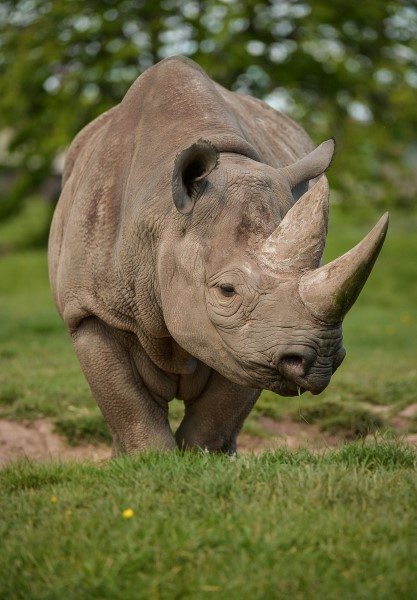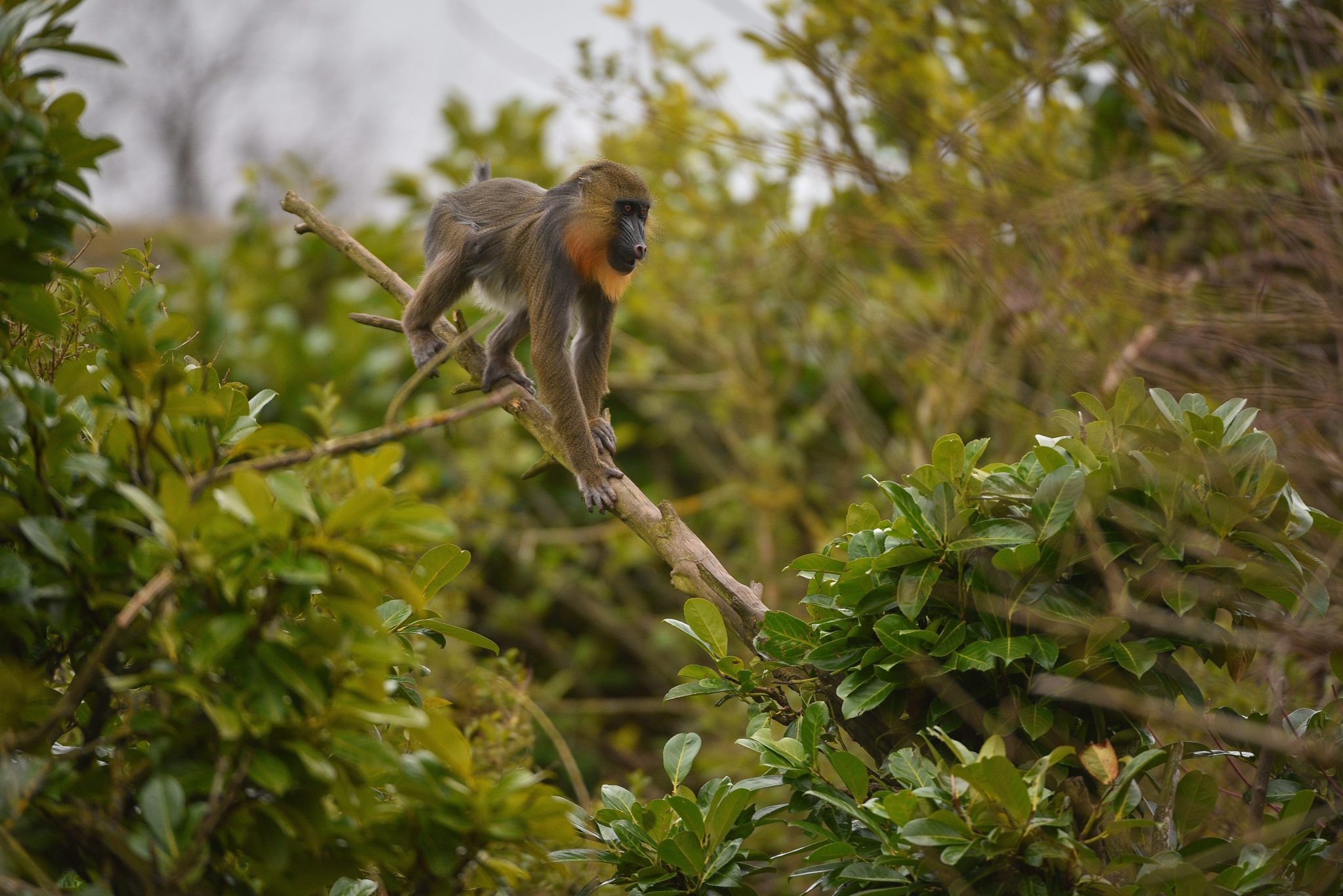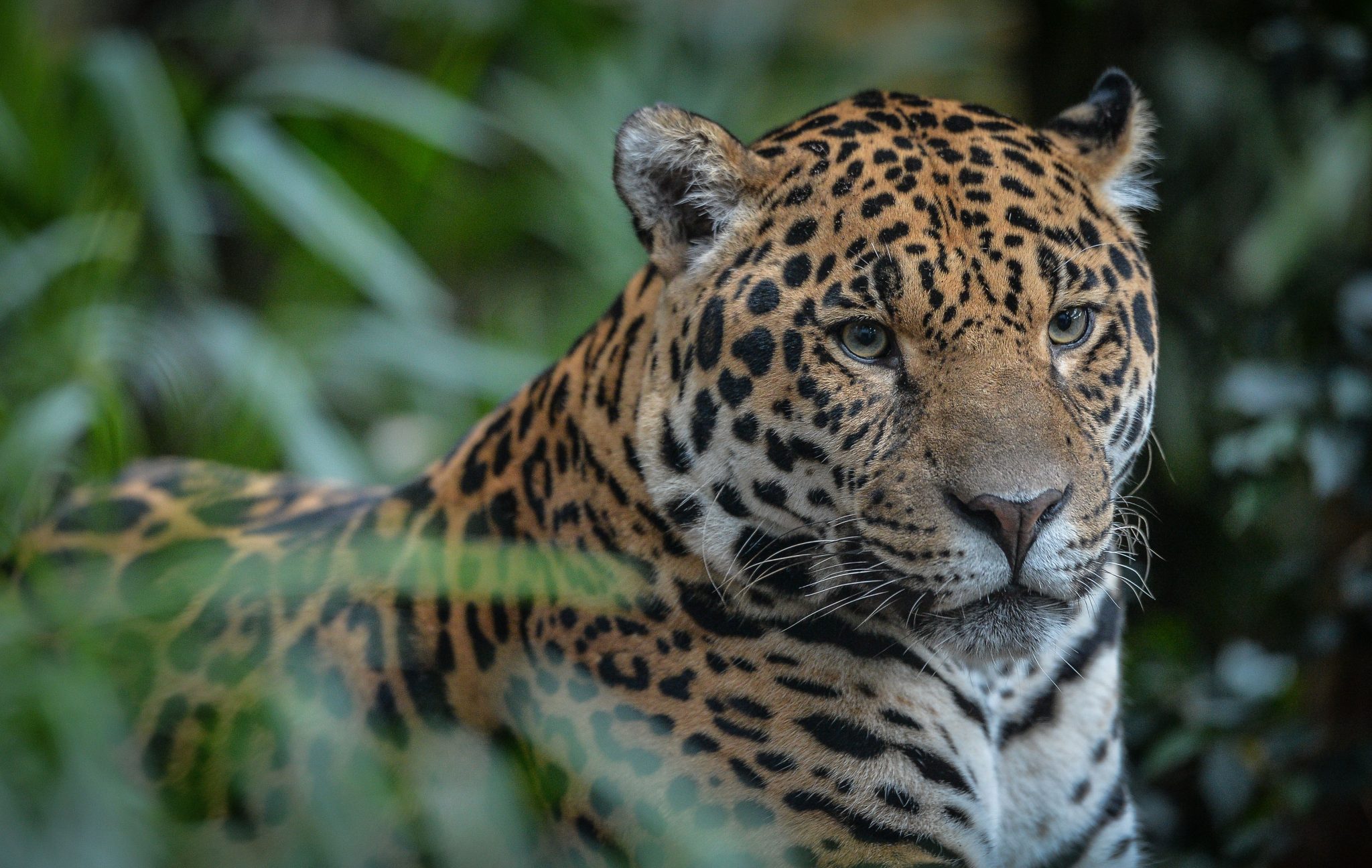Most of the species at Chester Zoo are part of breeding programmes. These programmes help to manage animals between different zoos as self-sustaining populations which is vital for those species that are on the brink of extinction in the wild; providing an “insurance” population.

But conservation breeding isn’t just about successful reproduction; in some cases the science and animal teams have to prevent when their species breed. Therefore, wildlife contraception is an important tool in the genetic organisation of animals at zoos.
Our teams at the zoo work extremely hard to make sure every effort goes into ensuring the highest standards of welfare and the best care is given to all the animals. The animal care teams work very closely with our science team to make sure the many species at Chester Zoo remain healthy.
Contraception is used to help zoos maintain sustainable population numbers; when housing family groups it is important to ensure numbers don’t grow beyond the resources and space available to them. It also prevents inbreeding.

It can also be used to change undesirable sexual behaviours and to manage aggression. Although animals will naturally experience conflict through competition for mates and food, contraception allows zoos to house their animals in large social groups without the worry of escalating aggression. This is particularly true when multiple males are housed together, especially as they begin to reach sexual maturity.
Prior to the introduction of contraception, zoos had three main options when it came to managing populations: separate males and females, struggle to care for animals exceeding available resources, or in some cases, cull unwanted young.
Animal contraception also has been used for managing animals in reserves or in the wild, controlling aggression in bull elephants going through musth (during this time a bull elephant can produce up to 40 – 60 times more testosterone), or controlling the population size of New York City sewer rats!

Choosing the correct contraceptive for the species and situation is not a simple case of ‘one size fits all’ as, given the different physiology and life histories of different animals, contraceptives can have remarkably different effects. A prime example of this is the use of progestin based contraceptives; although frequently used in ungulates and primates, use in canids has been associated with uterine pathology and infection and uterine and mammary cancer in felids.
Although many methods of contraception are available, providing safe and effective contraception for species with very different reproductive physiologies can be a major challenge. Contraceptive options available to zoos are usually not specifically designed for use in exotic wildlife.
Wildlife contraception is still very much an emerging field, and while knowledge on contraceptive use is extensive, it is patchy in distribution within the global zoo community. In an effort to centralise contraceptive information, the AZA Reproductive Management Center (RMC) and the EAZA Group on Zoo Animal Contraception (EGZAC) share a database detailing the efficacy of different contraceptive methods.
This database now holds nearly 35,000 entries and has been essential in aiding conservation breeding through the design of contraceptive guidelines in a variety of species.